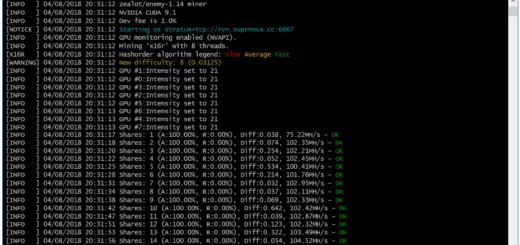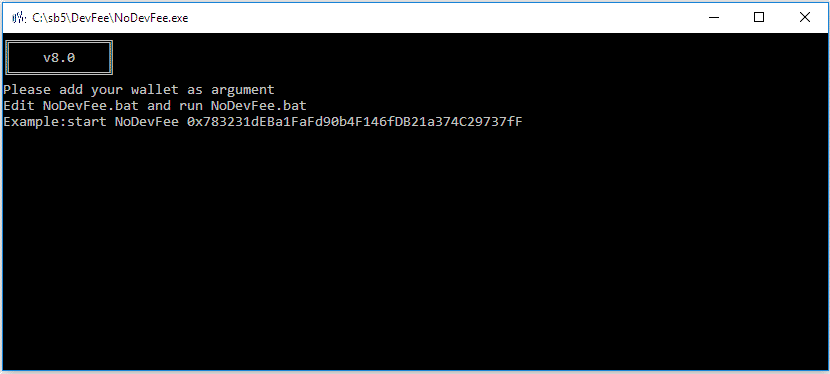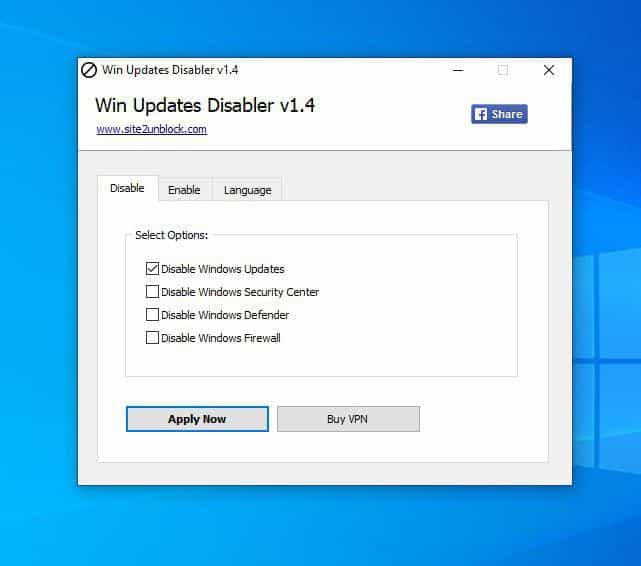Cryptocurrencies and stablecoins will be included in the regulatory framework for regulating payments
The European Central Bank (ECB) intends to introduce cryptocurrencies and stablecoins into the new expanded regulatory framework in order to regulate electronic transactions.
Such innovations became known from the press release of the ECB, which is going to change the system of supervision of electronic payments. The set of rules for the supervision of electronic payment instruments, Schemes and Mechanisms is briefly called PISA. Its purpose is structures whose services are related to the transfer of electronic currency and payment cards, and generally relate to all aspects of the electronic transactions sector. PISA also mentions the regulation of cryptocurrency payments and transactions with stablecoins.
The report says that the competence of the PISA system will include services that relate to assets in cryptocurrency. This can be a reception under the bank card payment scheme, when the merchant accepts it as a crypto asset. This may also include receiving, sending or paying with cryptocurrency assets via an electronic wallet.
Fabio Panetta, who is a member of the ECB Executive Board, noted the importance of implementing such changes. This will allow the stablecoin market to solve large-scale issues.
The press release says that the PISA system will include stablecoins along with other already well-known payment schemes and products, in which the bank already has many years of experience. Actions formed at the international level that will help to cope with the difficulties arising against the background of large-scale projects for digital payments and stablecoins also require activation.
In addition, the document mentions that companies that have come under the supervision of PISA are required to change their activities until November 15, 2022 so that they comply with the new PISA system. Regarding those structures that were not previously under supervision, it is required to submit documents to the regulator, which will contain an analysis of their business. The document also emphasizes the importance of the new PISA structure, as one that complements the expected requirements regarding cryptocurrencies and stablecoins that the EU has proposed.
There is nothing surprising in the fact that now cryptocurrencies and stablecoins will be included in the regulatory document on the supervision of electronic transactions. It is known that the ECB has a negative attitude towards private electronic assets. This is indicated by the September statement of Christine Lagarde, President of the European Central Bank. She noted that it is necessary to fully provide stablecoins with fiat currencies. Otherwise, they will be a big risk for users. In an August statement by Luis de Guindos, vice president of the European Central Bank, there was a call to include cryptocurrencies in the regulator, as well as all traditional financial assets.



















